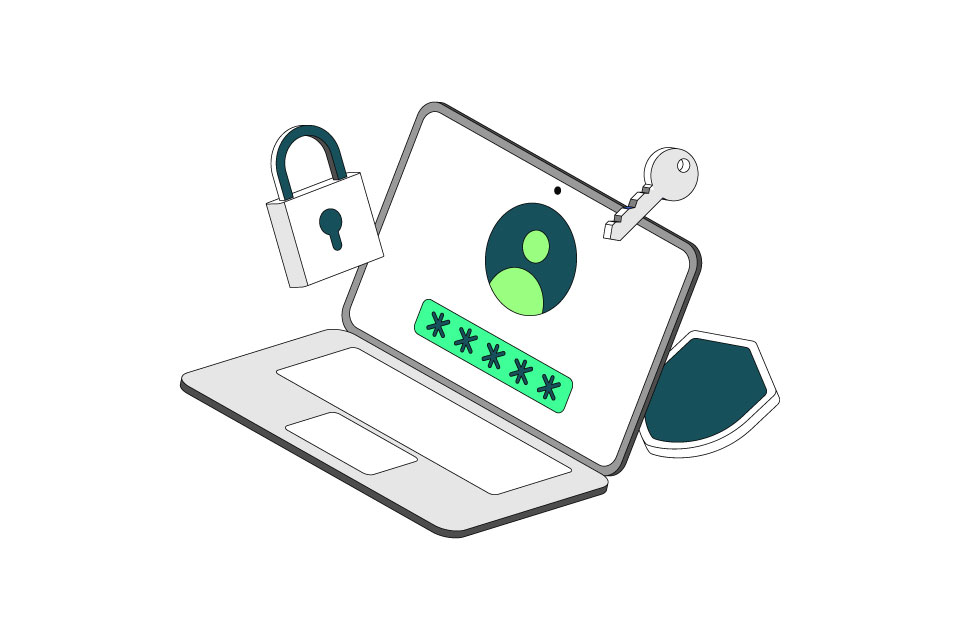Most organisations would agree, whatever their sector, that we have experienced a challenging and turbulent number of years. However, by and large, businesses have shown commendable resilience in weathering the storm.
For me, though, it’s rare events like the global CrowdStrike outage last week – and more importantly how we respond – that are the real test of an organisation’s approach to risk management and its service offering.
The events of last Friday are a reminder that having an effective contingency plan in place for when things go wrong is a critical aspect of mitigating reputational and performance risk – especially for service-led organisations.
What does contingency in service look like?
Many organisations today operate on a “just-in-time” basis, whereby goods or resources are ordered and received when needed.
However, in an environment in which businesses are increasingly stretched, managing contingency is complex – so what can service-led companies do to prepare?
First, speed of response matters. Having a coherent and rapid response to all stakeholders ready to deploy is essential – not only in putting people at ease, but also in remaining transparent about how they are managing the situation to give them the confidence the business they have chosen to buy from can manage through the external chaos.
Second, organisations should ensure customers are able to contact someone by some means if they need to. When digital channels go down, there should be alternative ways to share updates and status reports, as well as solve customer issues and reach solutions.
Third, ensuring data is collected and stored correctly – with suitably protected back-ups – is business critical. Showing customers their data is safe and that fallback measures are in place for when regular systems fail, greatly enhances trust and confidence in a brand.
The importance of a multi-channel approach to service
Service continuity and contingency plans should be built and deployed with a multi-channel approach in mind.
This means giving customers a choice of channel for communicating and integrating these throughout the consumer journey – which can, in turn, help businesses have a backup solution when one system goes down.
The events of last Friday demonstrate the level of integration in today’s global business landscape and the consequences of just one function failing. Given the growing threat of malicious actors, sadly, such risks are only set to grow.
Organisations can mitigate the risk of catastrophic failure – and inestimable revenue hits – by investing in a robust and complete service offering. Making use of all the tools available – from data to effective training – and implementing multiple channels for communication – from chatbots to apps, to phone lines, stores and branches monitored and staffed by service professionals – is essential.
In doing so, businesses can deliver a personalised service experience every day, also including when things go wrong – when it matters all the more.



